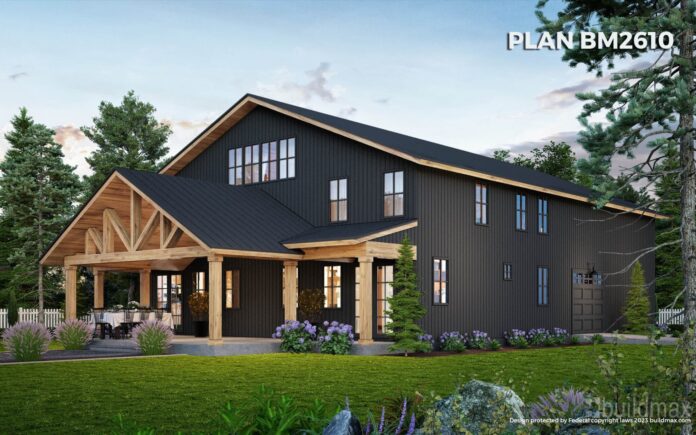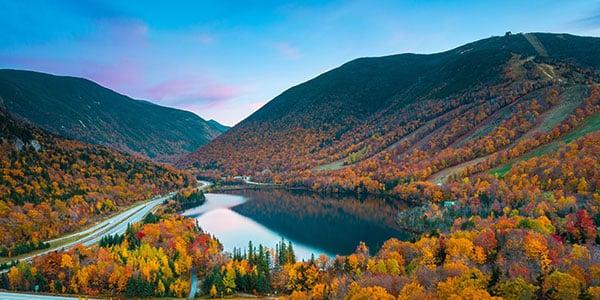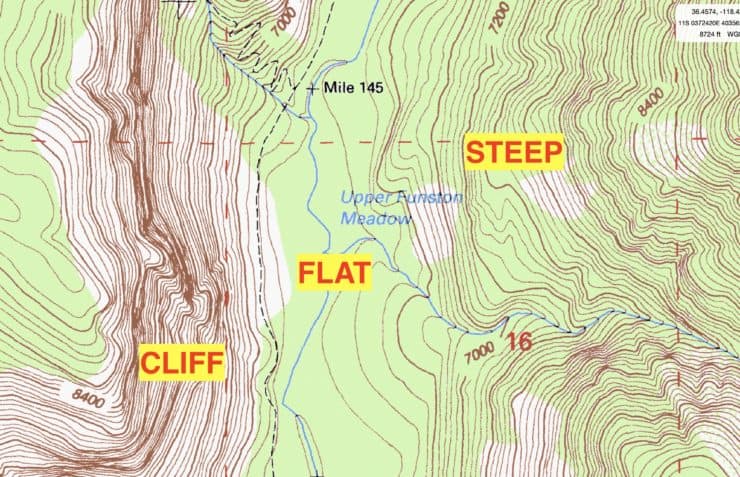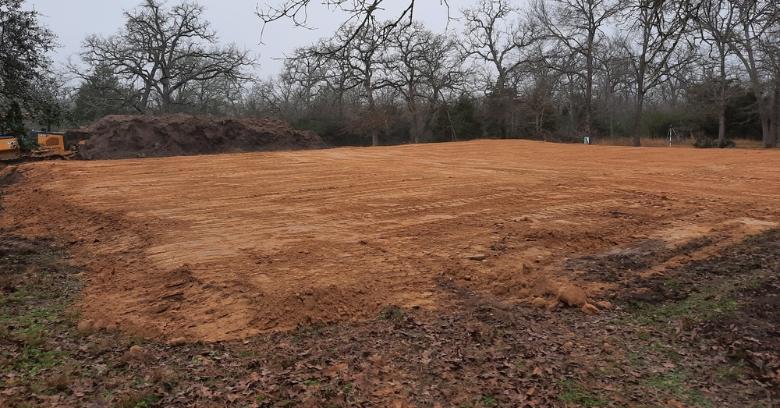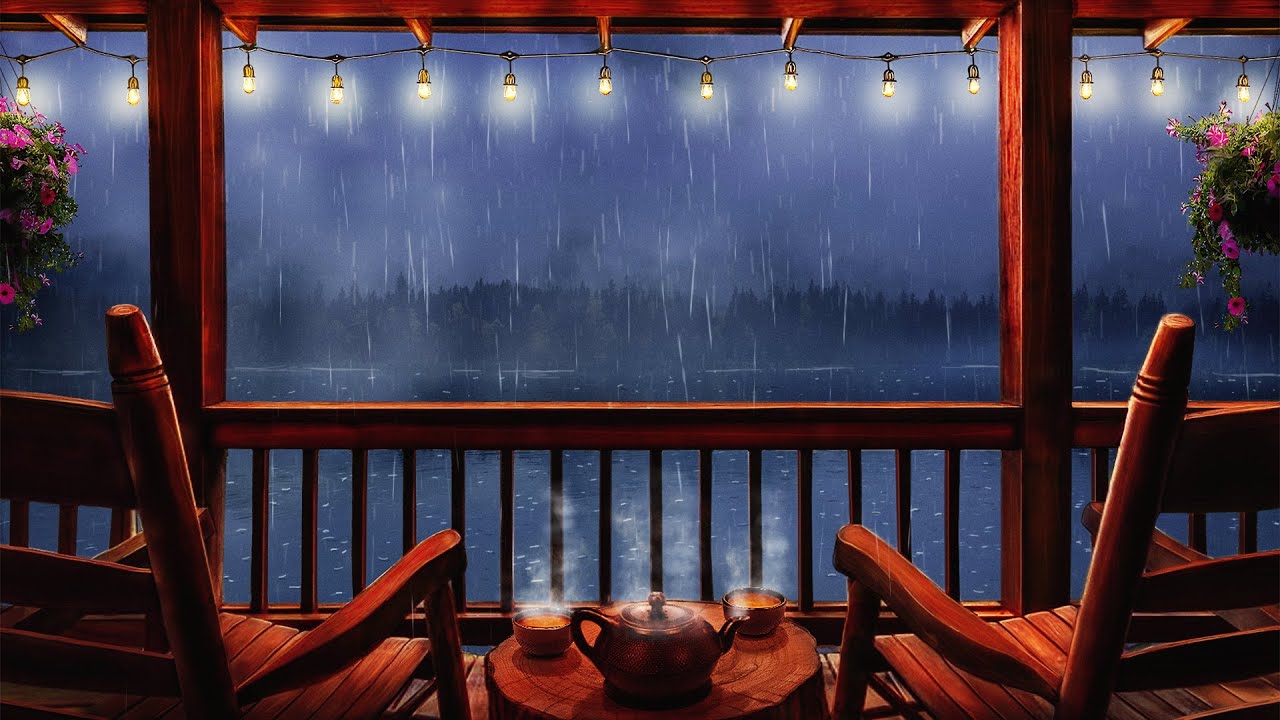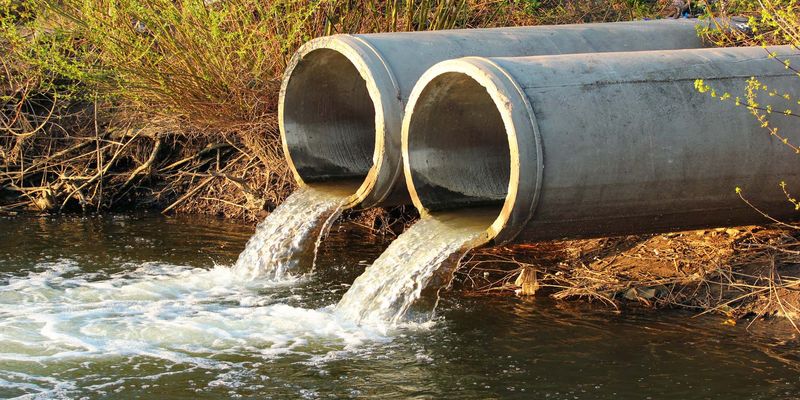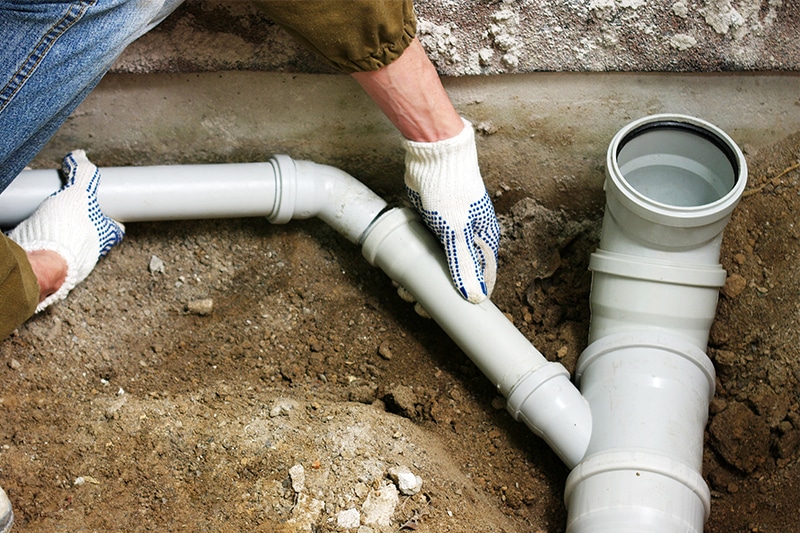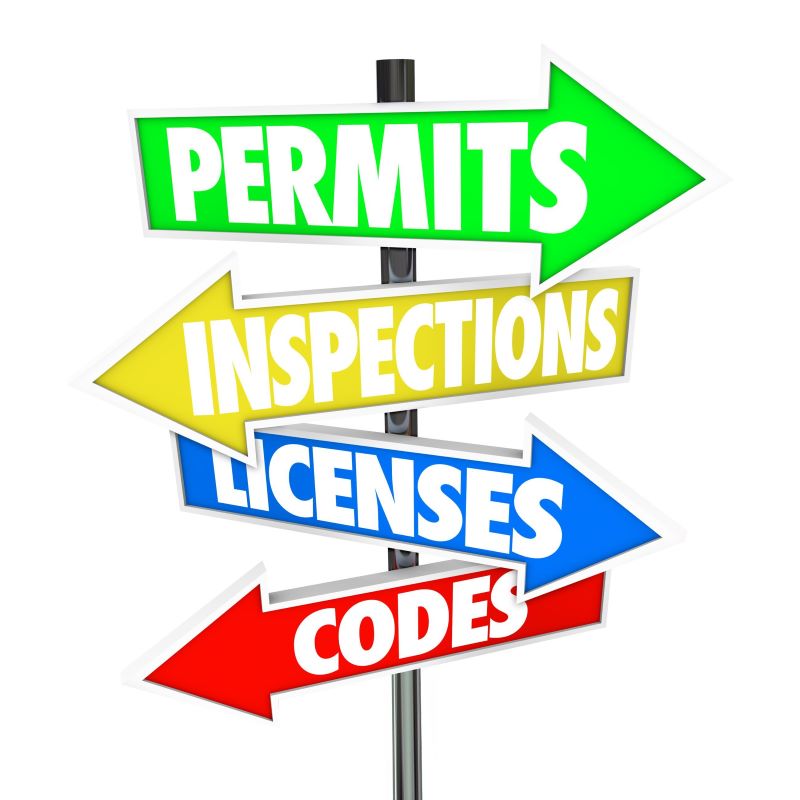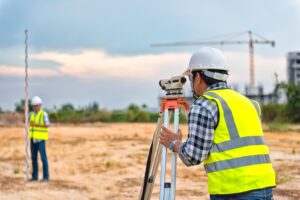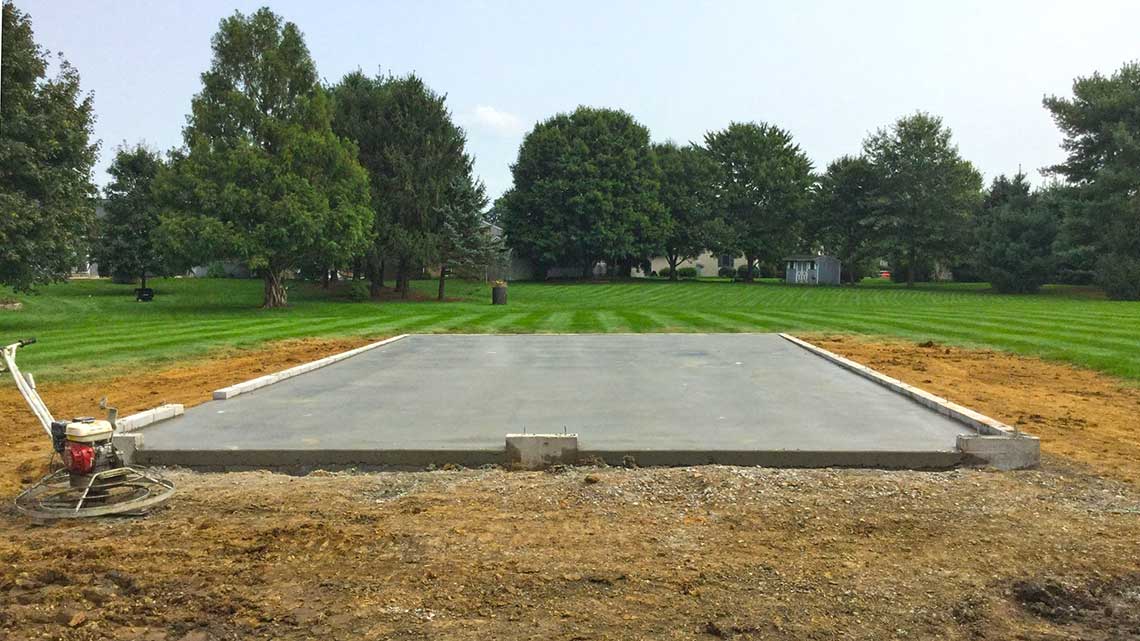Tips on Finding the Perfect Piece of Property for a Steel Frame Barndominium Build
Building a **steel frame barndominium** is an exciting project, but one of the most important steps in the process is finding the **right piece of land** to support your new home. Choosing the perfect property requires careful consideration of the **site’s landscape**, **drainage**, **accessibility**, and **long-term stability**. The goal is not only to build a structurally sound barndominium but also to ensure that the property itself ages well alongside it, avoiding issues like **erosion** or sudden changes to the environment.
Here are some tips to help you find the ideal property for your barndominium build and ensure the land remains a solid foundation for years to come.
1. **Evaluate the Land’s Topography and Drainage**
The topography of the land, or its natural slope and shape, plays a crucial role in determining whether it will be a good fit for your barndominium. Ideally, you want to find a property with **stable ground** and proper **drainage** to prevent water buildup around your home’s foundation.
Key Considerations:
– **Avoid Low-Lying Areas**: Low-lying areas or properties situated in natural valleys are more prone to **flooding** and **poor drainage**. Look for land that is slightly elevated or has a gentle slope, which allows rainwater to drain away from your barndominium rather than pooling around the foundation.
– **Check for Natural Drainage Paths**: Observe how water flows across the property. Natural drainage paths should direct water away from the build site. If the land lacks sufficient drainage, you may need to install culverts or drains, which can add to your overall building costs.
– **Soil Testing**: Have the soil tested to ensure it has the capacity to support a heavy structure like a steel frame barndominium. Clay soils, for example, can shrink and expand with moisture levels, potentially leading to **foundation shifting** over time.
2. **Look for Erosion-Resistant Land**
Erosion is one of the biggest long-term threats to the stability of any property. **Erosion** occurs when wind, rain, or water runoff gradually wears away the land, which can destabilize the foundation of your barndominium. It’s important to select land that is naturally resistant to erosion or can be effectively managed with proper landscaping and drainage.
Key Considerations:
– **Vegetation Cover**: Land that has established vegetation, such as **trees, shrubs, or grasses**, is less likely to experience erosion because the plant roots hold the soil in place. Avoid land that has been recently cleared or is devoid of natural cover, as it may be more susceptible to erosion during heavy rains.
– **Steep Slopes**: Building on a **steep slope** can increase the risk of erosion. If you choose to build on sloped land, consult a civil engineer to design appropriate **retaining walls** or **terraces** that will stabilize the hillside and prevent soil from washing away.
– **Erosion Control Measures**: If you love a particular piece of property that might be at risk for erosion, consider adding erosion control measures like **retaining walls**, **drainage ditches**, or **landscaping** with erosion-resistant plants to protect the site.
3. **Consider Long-Term Stability and Climate Impacts**
When purchasing land, it’s essential to think about the long-term impacts of climate, weather patterns, and natural disasters in the area. This foresight will help ensure your barndominium ages well and that the surrounding land remains stable and secure.
Key Considerations:
– **Local Climate**: Research the area’s **climate patterns**, including annual rainfall, snow accumulation, and wind speeds. These factors will affect both the design of your barndominium and the stability of the land over time.
– **Flood Zones**: Avoid land that is located in a **floodplain** or near bodies of water prone to flooding. Even if the land seems appealing, flood zone properties carry a higher risk of water damage and erosion, and they often require expensive insurance and mitigation measures.
– **Wind and Storm Protection**: Ensure that the site is not overly exposed to strong winds or frequent storms. If you’re building in a region prone to hurricanes or tornadoes, steel frame barndominiums are an excellent choice due to their strength, but the land itself should still be assessed for potential wind damage risks.
4. **Access to Utilities and Infrastructure**
While choosing the perfect property for your barndominium, don’t overlook the importance of **utilities** and **infrastructure**. The cost and ease of connecting to **water**, **sewer**, **electricity**, and **Internet** can greatly affect your project’s timeline and budget.
Key Considerations:
– **Utility Access**: Verify that the property has access to essential utilities such as **electricity**, **water**, and **sewer** services. If these utilities are not readily available, you’ll need to plan for alternative solutions, such as drilling a **well** or installing a **septic system**.
– **Internet and Cell Service**: In today’s world, having reliable **Internet** and **cell service** is critical, especially if you plan to work from home or run a business from your barndominium. Confirm that service providers are available in the area before committing to the land.
– **Road Access**: Ensure that the property has **adequate road access** for construction vehicles, deliveries, and everyday use. Some rural properties may require the installation of a new driveway or access road, which can add to your overall building costs.
5. **Verify Zoning and Building Regulations**
Before purchasing land, make sure it is zoned for the type of building you plan to construct. Every locality has different **zoning laws** and **building regulations**, so it’s important to verify that the property allows for **residential construction**, and specifically, a **barndominium**.
Key Considerations:
– **Zoning Restrictions**: Check with the local zoning office to confirm that the property is zoned for **residential or mixed-use** construction. Some rural areas may have restrictions on the type or size of buildings that can be constructed.
– **Building Codes**: Make sure that local **building codes** allow for steel frame construction. While barndominiums are generally accepted in most areas, some municipalities may have specific requirements regarding exterior finishes or fire safety standards.
– **Permits**: Understand the **permitting process** for building on the property. This can include permits for excavation, utilities, and the construction of the barndominium itself.
6. **Survey the Property for Long-Term Land Quality**
Lastly, conducting a **land survey** before purchasing the property will provide critical information about its boundaries, terrain, and suitability for building. A survey will also reveal any **easements** or **environmental protections** that may limit your ability to develop the land.
Key Considerations:
– **Boundaries and Easements**: Ensure that the property boundaries are clearly defined and that there are no **easements** (such as utility lines or roads) that could limit where you can build.
– **Soil Quality**: As mentioned earlier, **soil testing** is essential to determine the land’s suitability for supporting a heavy structure. Good soil quality ensures a stable foundation, while poor soil may require additional work or reinforcement to make the site buildable.
– **Natural Features**: Identify any natural features, such as wetlands, rivers, or trees, that could either enhance or limit the use of the land. While natural features can add beauty, they may also come with environmental restrictions that limit construction.
Conclusion: Find the Right Property for Long-Term Success
Finding the perfect piece of property for your **steel frame barndominium** requires more than just a great view. It’s essential to select land that is stable, well-drained, and free from potential erosion or flooding risks. By paying attention to the topography, soil quality, climate impacts, and accessibility of the property, you can ensure that both the land and the barndominium itself will **age well** together. Taking the time to evaluate these factors will help you avoid costly issues down the road and build a Barndo that will stand strong for generations to come.



